PPD paste, also known as Polymorphic Phase Diagram paste, is used in the electronics industry, particularly in mobile phone repair. It’s a type of solder paste that contains flux and tiny solder balls. Here’s how it works:
1. Composition: PPD paste consists of a flux base and spherical solder particles. The flux helps clean and prepare the surfaces to be soldered, while the solder particles (usually made of tin and lead or other alloys) melt during the soldering process to form a strong electrical and mechanical bond.
2. Application: Technicians apply PPD paste onto the soldering pads of electronic components using specialized tools like soldering irons or reflow ovens. The paste is applied in controlled amounts to ensure precise bonding and prevent excess soldering which could lead to short circuits or other issues.
3. Soldering Process: When heated to the appropriate temperature (typically between 180°C to 250°C depending on the solder alloy), the flux activates, removing oxidation from the metal surfaces and facilitating the bonding of the solder particles. As the solder melts, it forms a reliable connection between the electronic components and their contact points on the circuit board.
4. Advantages: PPD paste is favored for its ability to provide a controlled and reliable soldering process. It helps in achieving high-quality solder joints with good electrical conductivity and mechanical strength, crucial for the reliable operation of electronic devices.
Overall, PPD paste plays a vital role in the assembly and repair of electronic devices, ensuring that solder joints are robust and durable.


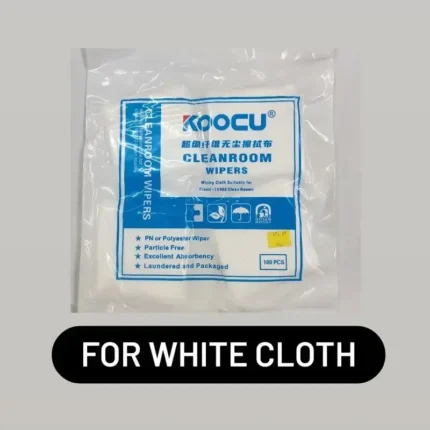


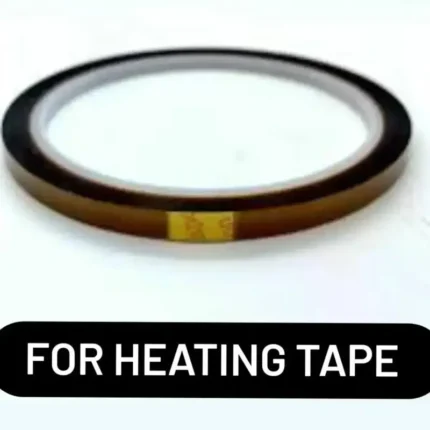
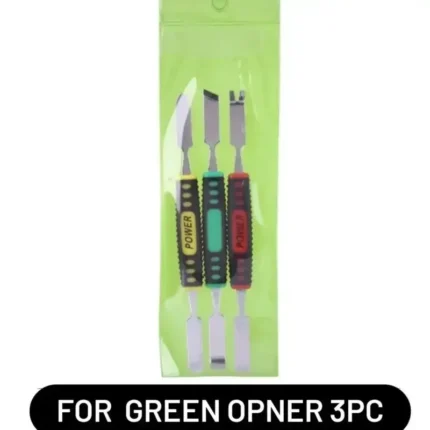

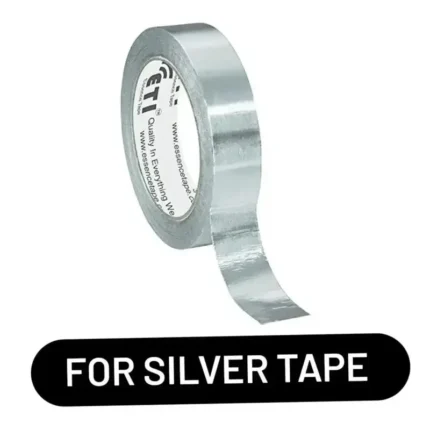
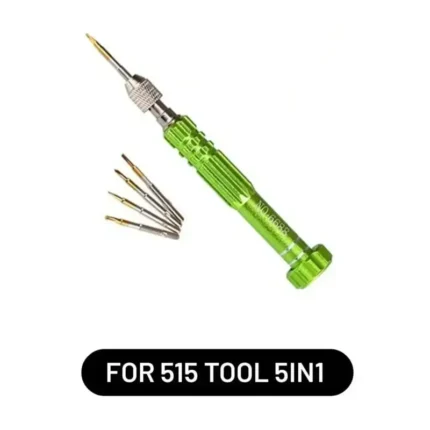
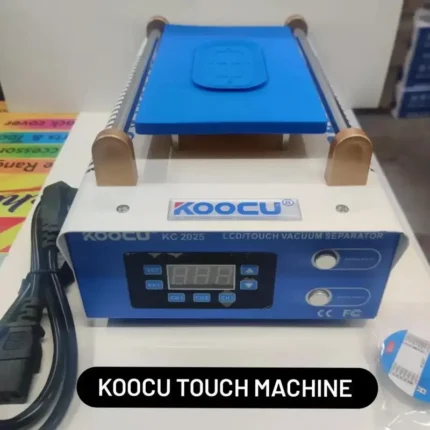


Reviews
Clear filtersThere are no reviews yet.